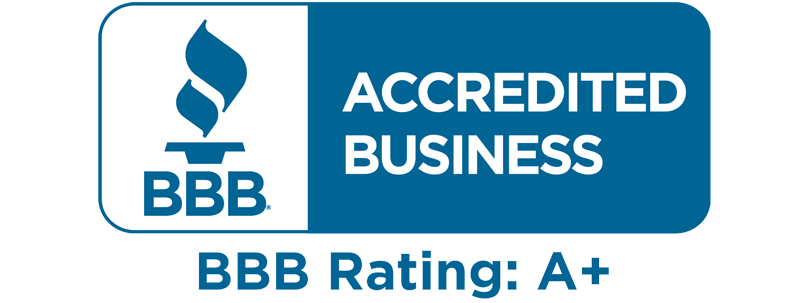Smoking has fallen out of favor in corporate America; and the increased cost of providing medical insurance for smokers is just one — although a significant — reason. Public concern about the medical risks of cigarette smoking and second-hand smoke have created an employee backlash that has forced smokers out of office buildings and often off corporate property. Often dictated by federal or state law, smokeless office buildings and smoke-free corporate campuses now seem to be the norm rather than the exception.
Changing Views
For office managers, society’s changing views have simplified smoking break management. Office complaints about the number, length and location of smoking breaks that used to pit office smokers against non-smokers and create headaches for office managers are non-issues in most large U.S. companies today. However, smoking breaks can still be a volatile employee management issue at smaller firms.
Management Tips
To keep the peace in your office, use our tips for managing employee smoking breaks:
1. Proactively encourage healthy lifestyle choices. Consider offering a quit smoking class followed by a weekly support group. Some companies offer financial incentive by tying smoking cessation to a reduction in the employee’s health insurance assessment.
2. Rather than addressing smoking breaks separately, create a break and lunch policy that applies to all employees. A standard policy is two 10- to 15-minute breaks plus a lunch break per 8-hour shift.
3. To insure adequate staffing at all times, stagger employee breaks and assign specific break and lunch times.
A full-featured call center can handle overflow volume when employees are on break or on vacation. Contact CallCenterUSA.us to find out how we can help solve your office management problems.

